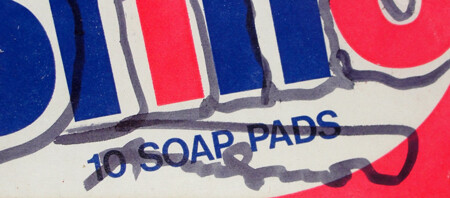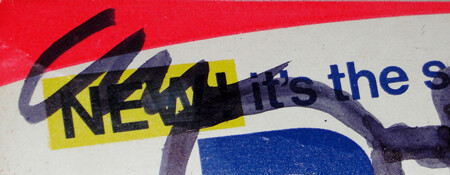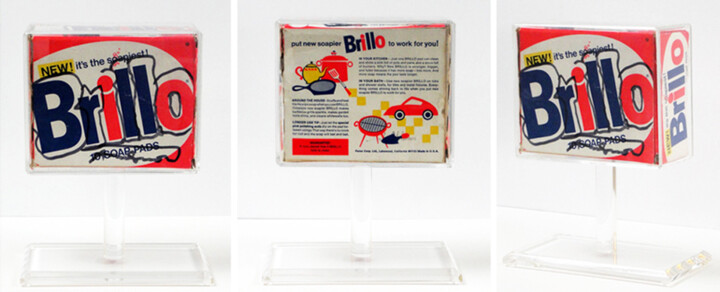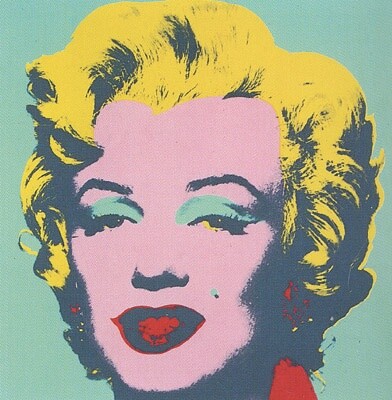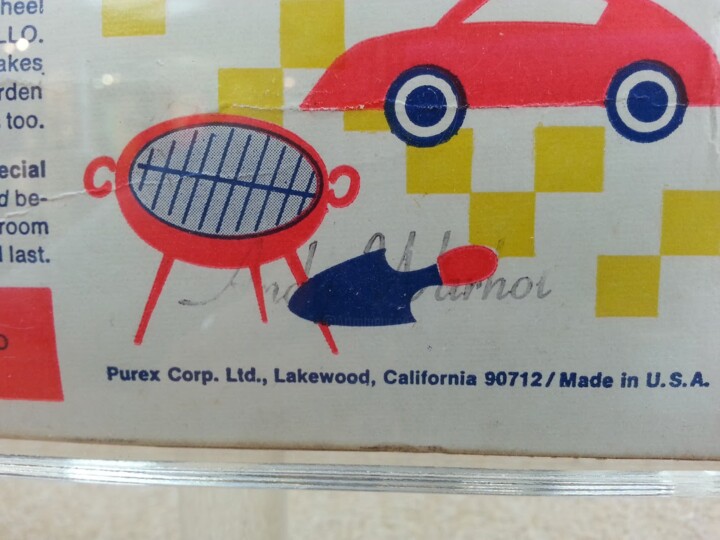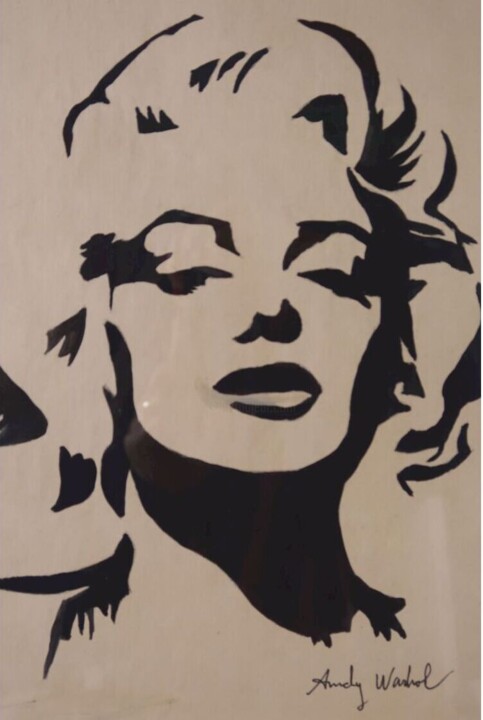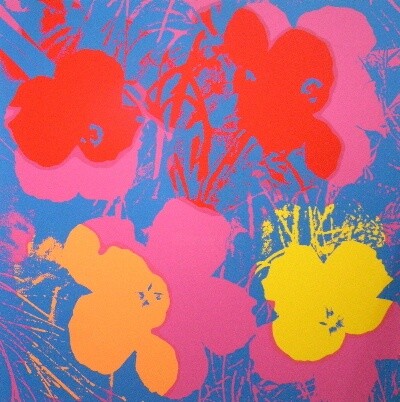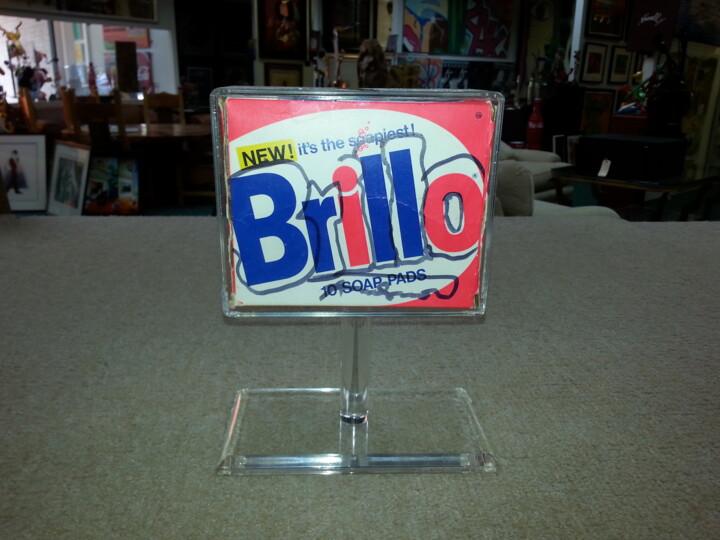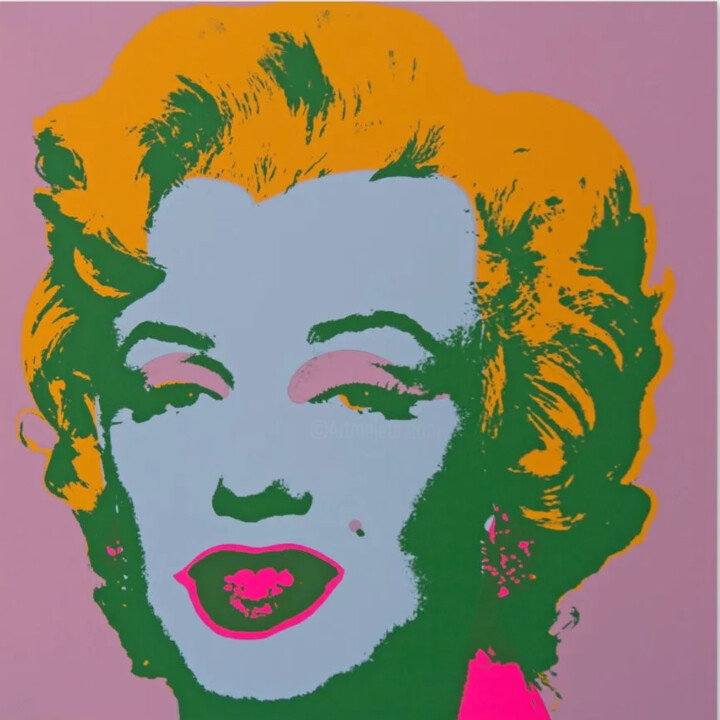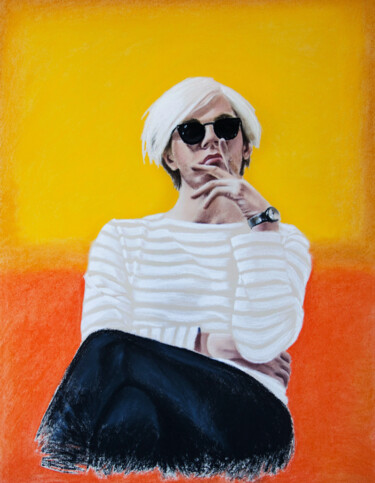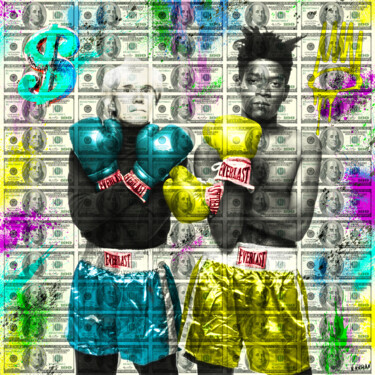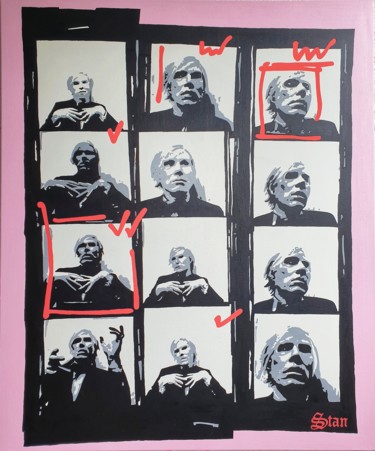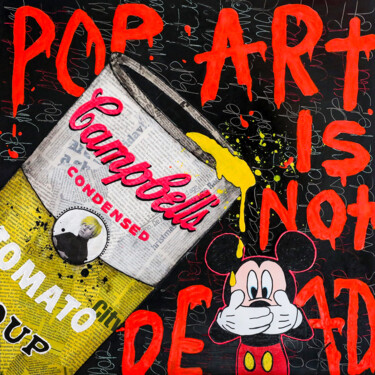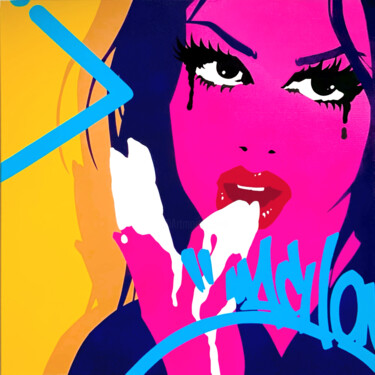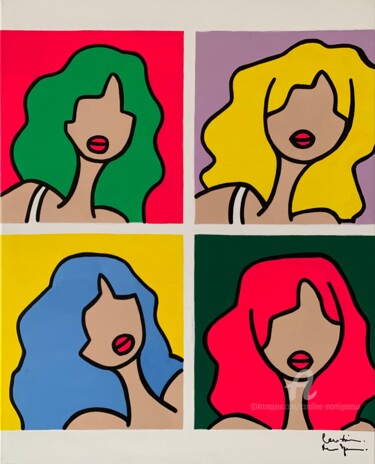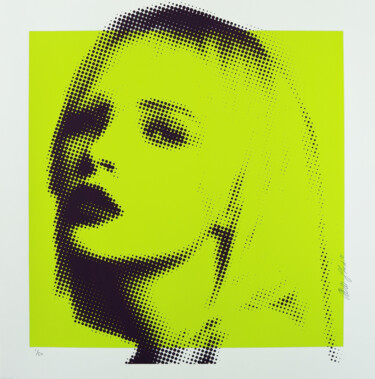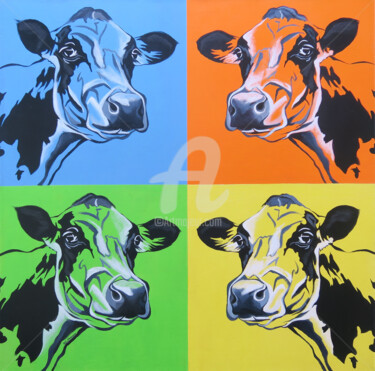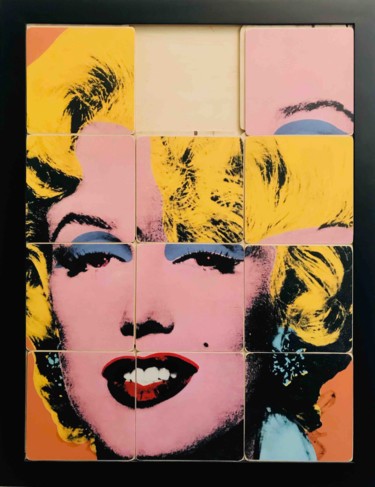Who is Sofia Coppola?
Sofia Coppola is a highly regarded American filmmaker, screenwriter, and actress known for her unique and distinctive contributions to the world of cinema. Born on May 14, 1971, in New York City, she hails from a renowned Hollywood family; her father is the legendary director Francis Ford Coppola. Growing up in such a creative environment undoubtedly had a profound impact on her passion for filmmaking. Sofia Coppola has carved out her own identity in the film industry, showcasing her talent and vision through a body of work that has earned critical acclaim and numerous awards.
Before transitioning into directing, Coppola had a brief acting career. She appeared in small roles in her father's films, such as "The Godfather Part III." This experience likely provided her with valuable insights into the filmmaking process from an actor's perspective. Her breakthrough came with the 1999 film "The Virgin Suicides," a visually stunning and emotionally resonant exploration of adolescent girls in a repressive household. This film established her as a director with a keen eye for storytelling and aesthetics.
In 2003, Sofia Coppola reached the pinnacle of her career with "Lost in Translation." The film, set in Tokyo, stars Bill Murray and Scarlett Johansson and explores the intimate connection between two lonely individuals. "Lost in Translation" received widespread critical acclaim and earned Coppola the Academy Award for Best Original Screenplay, making her only the third woman in history to win that category.
Her talent also shone brightly at the Golden Globe Awards, where she secured the titles of Best Motion Picture - Musical or Comedy and Best Screenplay - Motion Picture for the same film. At the Venice Film Festival, her work "Somewhere" was honored with the coveted Golden Lion. Additionally, her creative contributions garnered recognition at esteemed events like the Cannes Film Festival, Independent Spirit Awards, BAFTA Awards, New York Film Critics Circle Awards, and many others. These accolades stand as a testament to her exceptional storytelling and filmmaking abilities, solidifying her position as a celebrated figure in the world of cinema.
Coppola continued to impress with subsequent films like "Marie Antoinette" (2006), "Somewhere" (2010), and "The Bling Ring" (2013). Her films often revolve around themes of isolation, identity, and the human condition, and they are characterized by their dreamlike atmospheres and striking visual compositions.
Sofia Coppola's work is also noted for its strong female characters and her ability to convey complex emotions through subtle storytelling and cinematography. Many of Coppola's films, such as "Lost in Translation" and "Marie Antoinette," have had a significant cultural impact. They have inspired fashion trends, music choices, and even travel destinations, with Tokyo's Park Hyatt Hotel, featured prominently in "Lost in Translation," becoming a sought-after destination for travelers.
Coppola has ventured into the world of fashion and design, collaborating with brands like Louis Vuitton and launching her own fashion line. Her sense of style, which often mirrors the aesthetics of her films, has made her a fashion icon.
Sofia Coppola's multifaceted career, from her unique cinematic style to her influence on fashion and culture, makes her a fascinating figure in the world of entertainment and beyond. Her ability to capture the essence of a moment and evoke deep emotions on screen continues to captivate audiences worldwide.
The art collection of Sofia Coppola
Sofia Coppola's passion for photography and art collection has played a pivotal role in molding her cinematic style. Drawing inspiration from the rich history of photography, she skillfully envisions the interiors, costumes, and atmosphere of her films, resulting in the creation of some of the most iconic cinematic scenes that have become ingrained in our collective memory and popular culture.
The initial scene in Sofia Coppola's "Marie Antoinette" draws inspiration from a Guy Bourdin photograph featuring a reclining woman with a maid at her feet. Coppola's intention was to introduce us to Marie-Antoinette through this opulent lens, and being an avid collector of photography, she actively sought out Guy Bourdin's iconic imagery as a muse for envisioning this particular scene.
Frequently seen at Chelsea gallery openings alongside her friend Rainer Judd, the daughter of artist Donald Judd, Sofia Coppola initiated her journey into art collection with photography in her youth, later expanding her interests to include contemporary painters and mixed-media artists.
Sofia Coppola's journey into collecting art commenced with a focus on fashion photography, a passion encouraged by her mother, filmmaker Eleanor Coppola. Her inaugural acquisition was "Hat + 5 Roses" by William Klein, featuring a woman holding a cigarette enveloped in a dreamlike haze, a visual motif reminiscent of her cinematic work. Following this, one of the early photographers to join Sofia Coppola's collection was Tina Barney, a renowned artist celebrated for her extensive work in large-format color photography. Barney is notably recognized for her ability to artfully blur the boundaries between candid and staged moments, often depicting her affluent East Coast family and acquaintances.
As Coppola's commitment to collecting deepened, she expanded her interests beyond photography to delve into other genres, including the photography of Richard Prince. Richard Prince is an American artist renowned for his appropriation and recontextualization of popular culture imagery, particularly through his use of photography, painting, and mixed media. His work often explores themes of consumerism, celebrity, and the blurring lines between reality and fiction in contemporary culture.
Prominent pieces in her collection include Risaku Suzuki's "Sakura," Ed Ruscha's "Cold Beer Beautiful Girls," Elizabeth Peyton's "Nick," and a pair of artworks by Tracey Emin. Furthermore, according to Art + Auction, there have been reports of her acquisitions of art by Hugo Marki, Larry Rivers, and Anne-Laure Sacriste. Sofia's collection also encompasses works by Juergen Teller, Helmut Newton, Guy Bourdin, Andy Warhol, and various other artists, showcasing her diverse artistic tastes.
Ed Ruscha, an iconic figure in the Los Angeles art scene during the 1960s, is reportedly to be Sofia Coppola's preferred artist. Ruscha's incorporation of Hollywood's visual language resonates with Coppola's narrative exploration of L.A.'s celebrity culture, as seen in films like "The Bling Ring" and "Somewhere."
Within Sofia Coppola's "Somewhere," the room at Chateau Marmont is adorned with an Ed Ruscha print, "Cold Beer Beautiful Girls," nonchalantly left leaning against the wall by Johnny Marco, serving as a poignant symbol of his indifference and arrogance. Sofia Coppola later acquired this print, initially used as a prop in the film, and it now finds its place within her office.
Elizabeth Peyton's painting "Nick (Poquatuck Park)" is featured in two distinct settings. Initially, it graces the wall above the French dining table in Sofia Coppola's SoHo loft. Later, following her move to a new Manhattan residence, Sofia opted to display her Peyton artwork above the sofa, where it can be observed behind Amanda Blake, her cousin-in-law.
In Sofia Coppola's bedroom, cherry blossoms establish an ideal ambiance, serving as a poignant symbol of the delicate equilibrium between resilience and fragility. The photograph "Sakura," taken by Risaku Suzuki and bearing the Japanese name for cherry blossoms, graces the space beneath which Sofia finds her slumber.
Sofia Coppola's fascination with fine art, music, and fashion often coalesces to craft films that possess the curated essence of a high-end gallery exhibition. She communicates through a visual language that effortlessly alludes to painters and photographers, showcasing a remarkable fluency in bridging these artistic realms.

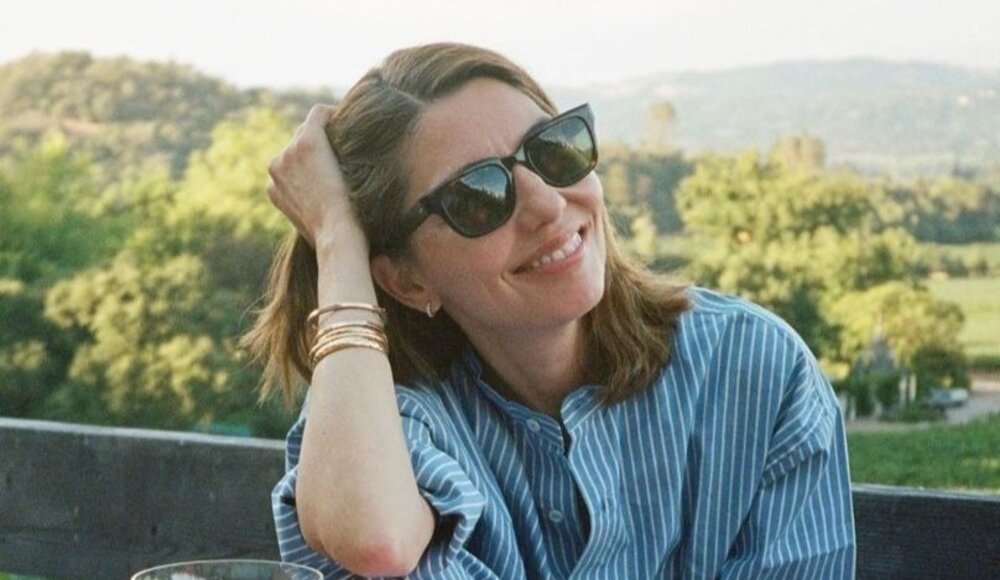
 Selena Mattei
Selena Mattei

